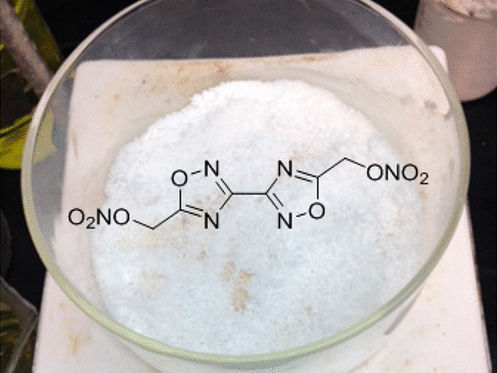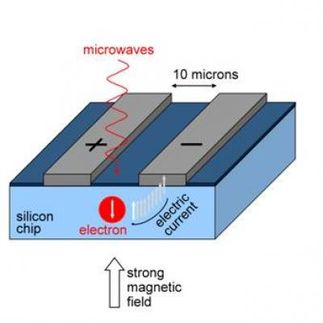Nanotram
a DNA fragment moves along a self-organized DNA track
One of the most interesting challenges in the area of nanotechnology is the precise transport of nano-objects from one place on a nanostructure to another by a defined route. Researchers have now begun to overcome this challenge: there are three "stops" on the route of their new nanoscopic "tram" made of DNA.
DNA has already proven itself as a material for nanoconstruction in a number of ways. Because of the specific base pairing of complementary DNA regions, this material organizes itself into defined structures that can be predetermined by the order of its nucleotide components. The team working with Hao Yan and John H. Reif in Durham (USA) and Andrew J. Turberfield in Oxford (U.K.) also turned to DNA: the "tracks" for their nanotram are made from a double-stranded DNA backbone. Short, single-stranded "hinges" were used to connect three double-stranded DNA fragments, which act like stiff rods, into "stops" on the backbone. The tram was initially attached at the first stop, the tiny vehicle consisting of two segments of three nucleotides, each attached to the ends of the two strands of the tram-stop DNA. The crucial trick is that the six tram nucleotides don't lie directly opposite each other, but are offset so that three nucleotides jut out from one of the strands. These act as a sort of sticking point for their counterparts. The second stop is also constructed so that three precisely fitting nucleotides jut out. If the two stops then flip around on their hinges so that they point toward each other, the overlapping ends stick together. The enzyme ligase then binds them together into a continuous double strand. Now a second enzyme, a nuclease that cuts up double-stranded DNA like a scissor, springs into action. However, this molecular "scissor" is choosy, and only cuts when it finds a specific nucleotide sequence. It cuts up the assembly of stop 1, tram and stop 2 so that the first stop is released and the tram only remains attached to the second stop. The tram is then moved on to stop 3 in a similar fashion. The system is entirely autonomous, requiring only ATP (adenosine triphosphate) as "fuel".
If the right nucleases can be found, more extensive "rail networks" with many "stops" and longer "trams" should be feasible. The trams could be hooked onto nano-objects-a requirement for the construction of "intelligent" nanorobots.
Most read news
Other news from the department science

Get the chemical industry in your inbox
By submitting this form you agree that LUMITOS AG will send you the newsletter(s) selected above by email. Your data will not be passed on to third parties. Your data will be stored and processed in accordance with our data protection regulations. LUMITOS may contact you by email for the purpose of advertising or market and opinion surveys. You can revoke your consent at any time without giving reasons to LUMITOS AG, Ernst-Augustin-Str. 2, 12489 Berlin, Germany or by e-mail at revoke@lumitos.com with effect for the future. In addition, each email contains a link to unsubscribe from the corresponding newsletter.
Most read news
More news from our other portals
Last viewed contents
Category:Gastrointestinal_system_drugs
Super_iron_battery

TNT could be headed for retirement after 116 years on the job
G_protein

Huntsman Inaugurates New Innovation Center in Tienen, Belgium
Hawaiian_baby_woodrose
Dichloroisocyanuric_acid





























































